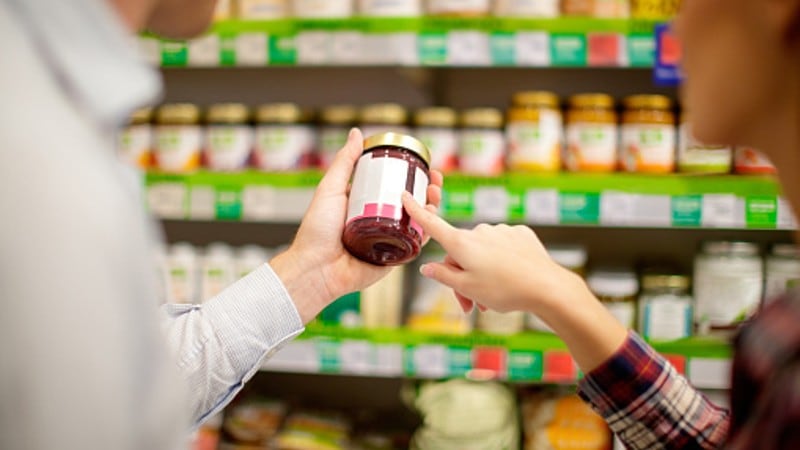Indonesia has conducted multiple revisions to local policies governing food packaging over the past decade, but as of 2023 no specific regulations were in place regarding certain harmful chemicals such as Bisphenol A (BPA) and per- and polyfluoroalkyl substances (PFAS), more commonly known as the ‘Forever Chemicals’ due to their slow degradation rate.
A great deal of scientific evidence has already linked PFAS exposure to an array of health issues from cancer, cardiovascular disease, infertility, elevated blook pressure and more.
Last year, a report jointly conducted by the Nexus3 Foundation and the International Pollutant Elimination Network revealed that 91% of FMCG products including food paper packaging tested in Indonesia tested positive for PFAS, with a worrying 100% of microwaveable popcorn bags also testing positive.
“Indonesia currently has no regulations on PFAS in food packaging [but] the troubling findings from our study indicate that we need stronger regulations to protect our children and families from exposures to toxic PFAS chemicals especially in daily products,” Nexus3 Senior Advisor Yuyun Ismawati had said whilst announcing the study findings.
“PFAS can also be released when people wear clothing, during washing, and when used synthetic textile wastes are disposed – [this] can contaminate waterways, leading to PFAS exposures from contaminated drinking water or food.”
The release of these findings triggered widespread consumer concern and feedback on social media platforms, which in turn appears to have catalysed the local Agency for Food and Drug Control (BPOM) to take action, in the form of newly-released draft regulations for food packaging.
“This regulation will cover all food packaging materials including plastic, rubber and elastomer, paper and cartons, ceramic, glass, metal and composites, and multilayered packaging,” BPOM Head Rizka Andalucia stated via a formal statement.
“Food and beverage firms will [need to pay strict attention] to the materials used and the migration rates of chemicals from packaging to the food products in order to ensure there are no chemicals with a dangerous or hazardous impact to health.”
The new draft regulations have specifically stated that compounds including precursors to forms of PFAS [e.g. Ammonium bis (N-methyl-2-perfluorooctylsulfonamide ethyl) phosphates] are not permitted to be used in any form of food packaging.
“All food and beverage firms will be given a 12-month transition period to make any necessary changes to their product packaging from the date these regulations take effect,” BPOM stated in the draft documentation.
“Any food packaging that needs to utilise materials containing components apart from those specifically allowed and according to the specific permitted limits in these regulations must obtain written approval from the BPOM Head, and must be [based on food safety] regulations and research.”
No confirmed date has been set for the formal enforcement or gazetting of these food packaging regulations in Indonesia as of yet.
BPA burdens
The permittance of BPA in plastic bottles has been a long ongoing debate in Indonesia as well, with many academic and consumer groups urging BPOM to enforce stricter policies governing its use and labelling.
Many studies consider BPA a particular risk to children in terms of effects on the brain and prostate as well as potentially a range of other chronic diseases from Type II diabetes to cardiovascular disease.
The draft regulations appear to have acknowledged these concerns somewhat, setting a 0.05mg/kg maximum limit of BPA migration and some specific bans on its use for children foods.
“BPA is not permitted to be used in the production of all bottle or other polycarbonate articles that will come into direct contact with foods meant for babies and children below the age of three years old,” it stated.





